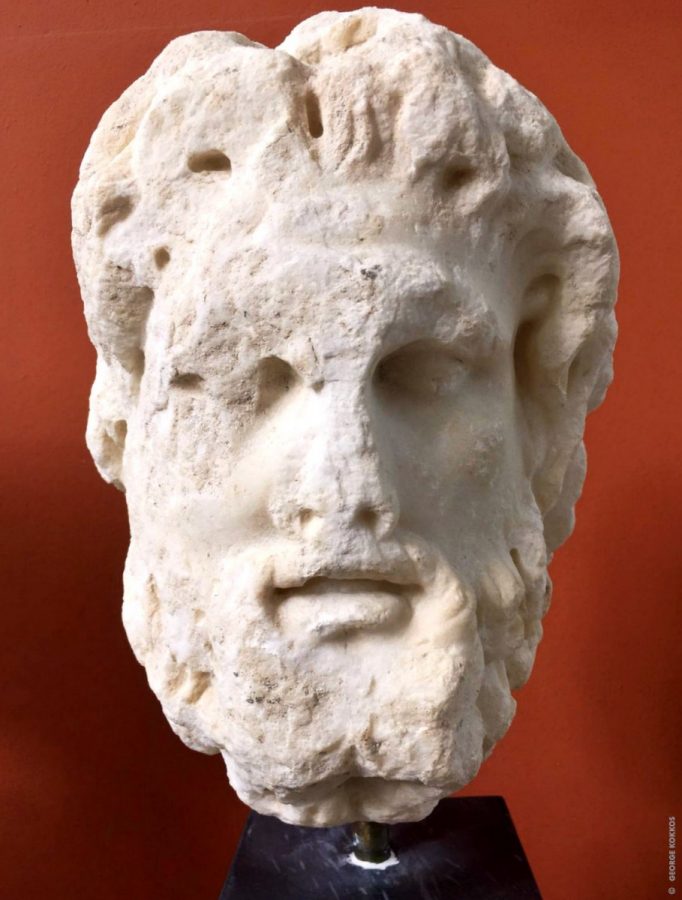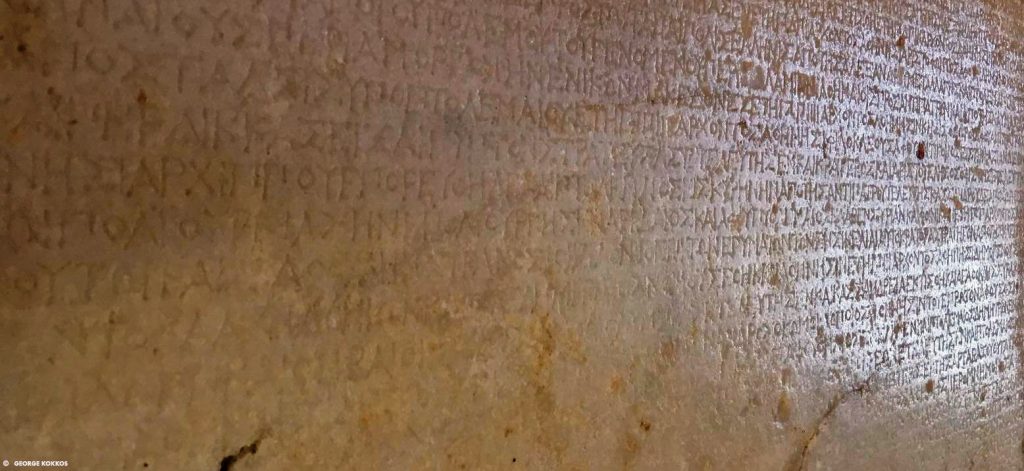Parian Marble: An incredible ancient chronicle
The Parian Chronicle is a chronology of events, inscribed on a marble stele, covering more than 12 centuries of Ancient Greek history. Focusing a lot on events linked with the city-state of Athens, this chronicle presents us with a timeline from the year 1582 BC to 299 BC. It’s a unique timeline that, surprisingly enough, […]
The Parian Chronicle is a chronology of events, inscribed on a marble stele, covering more than 12 centuries of Ancient Greek history. Focusing a lot on events linked with the city-state of Athens, this chronicle presents us with a timeline from the year 1582 BC to 299 BC.
It’s a unique timeline that, surprisingly enough, few scholars are familiar with. Most people don’t even know that a chronicle like that exists! Let’s see a few important events we all know:
1581 BC : Cecrops becomes king of Athens
The name of the city isn’t yet ‘Athens’ but instead ‘Cecropia’, named after king Cecrops. This obviously provides us with a ‘terminus post quem’ when it comes to the famous story of the contest of Poseidon and Athena! Note that this rivarly between the two gods, as they vied for control of the city of Cecrops and its surrounding territory, Attica, is NOT mentioned in the Parian Marble.
1528 BC : Great flood of Deucalion
There are, literally, dozens of cataclysms recorded by different civilizations all over the globe. A cataclysm is seen by different cultures as an act of divine retribution, sent by God or some other deity to destroy civilization and initiate a rebirth of a new, ‘improved’ breed of humans. The most famous of those flood myths (or deluge myths as they’re also known) is Noah’s Flood as narrated in the Bible, which can be placed about a thousand years earlier than Deucalion’s Flood.

1520 BC : Greeks renamed as ‘Hellenes’.
Hellen (Deucalion’s son) becomes king of Phthiotis. His kingdom is situated in the heart of the Greek peninsula. His people are now named after him, changing from ‘Greeks’ to ‘Hellenes’, giving their name to most other neighboring populations. The Romans however continue to use the ancient name (Graikos) instead of the later ‘Hellen’. Thanks to the Romans, the name ‘Greek’ is used up until today… but only in the western world.
1294 BC : King Minos rules in Crete. King Aegeas rules in Athens
1259 BC : Theseus assumes the throne of Athens
The young hero immediately introduces a constitution and sets the foundations for Democracy. It was obviously on that same year that his father, old king Aegeus, tragically perished.
1256 BC : The Amazons invade Athens!
Theseus at the last moment, manages to stop the Amazons at the Hill of the Muses and defeats them.
1218 BC : War of Troy starts
1209 BC : Troy is conquered

907 BC : Homer appears
895 BC : Aegina mints silver coins.
From this date on, we have sound archaeological and historical evidence and we can be almost certain about the events recorded on the Parian Marble.
From this year on, all dates, events and names of people are spot on! It’s very tempting to assume that all previous dates and events are correct too. I wish…











